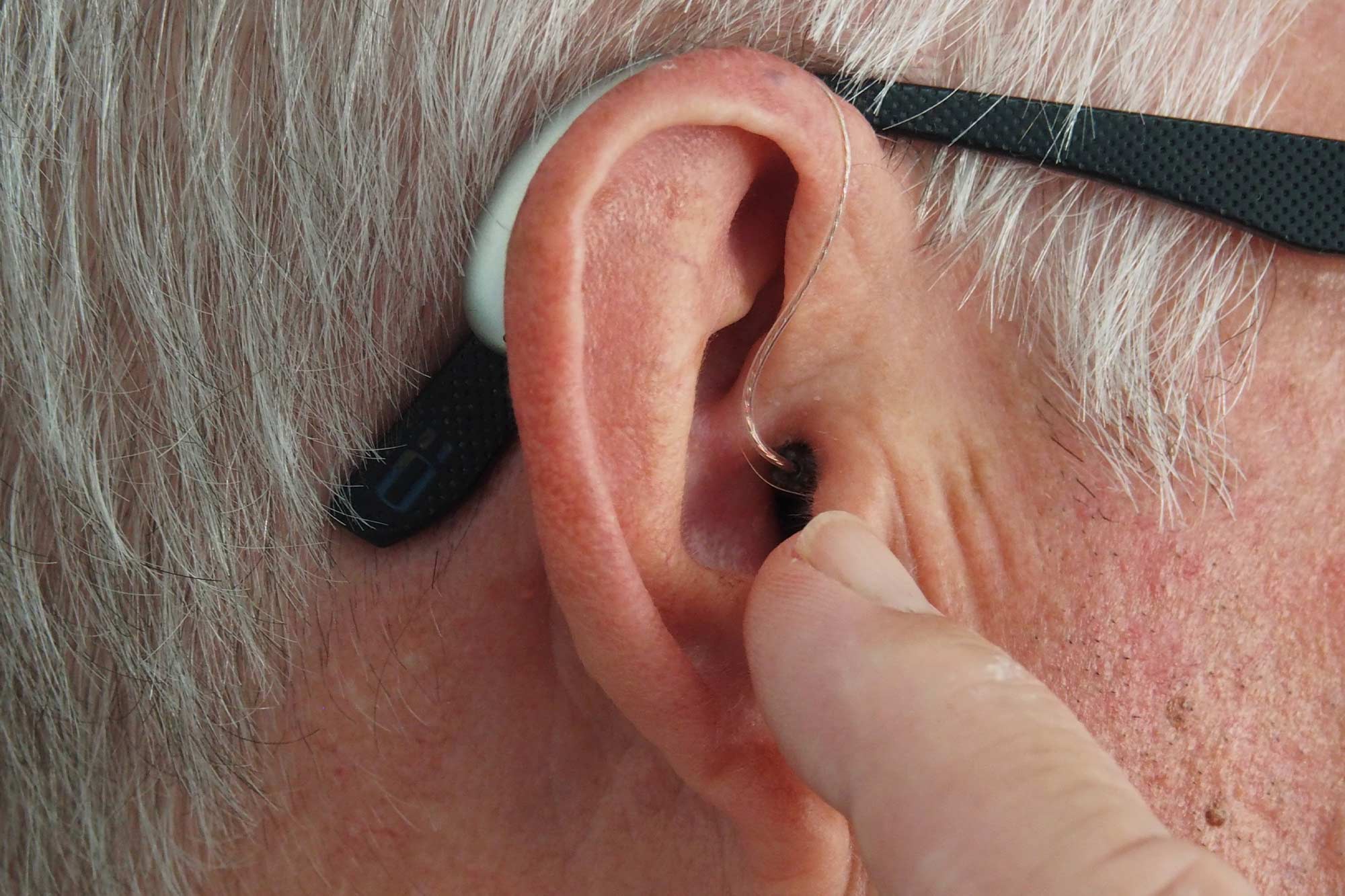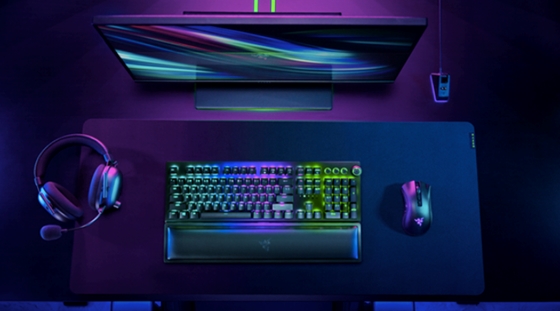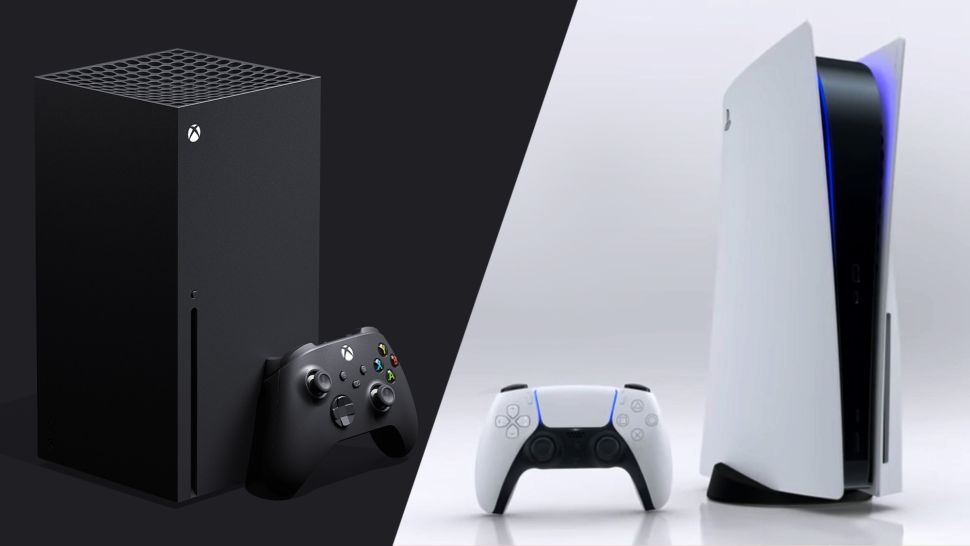[{“available”:true,”c_guid”:”d2933ce2-7402-4160-bff0-a486b28737f8″,”c_author”:”hvg.hu”,”category”:”sport”,”description”:”A nizzai szurkolók megtámadták a Marseille játékosait, több focista is megsérült. “,”shortLead”:”A nizzai szurkolók megtámadták a Marseille játékosait, több focista is megsérült. “,”id”:”20210823_Tomegverekedes_nice_marseille_payet”,”image”:”https://img0.hvg.hu/image.aspx?id=d2933ce2-7402-4160-bff0-a486b28737f8&view=ffdb5e3a-e632-4abc-b367-3d9b3bb5573b”,”index”:0,”item”:”47955715-22a6-4fa8-9687-665091f1c6fb”,”keywords”:null,”link”:”/sport/20210823_Tomegverekedes_nice_marseille_payet”,”timestamp”:”2021. augusztus. 23. 21:22″,”title”:”Tömegverekedés volt a Nice-Marseille mérkőzésen”,”trackingCode”:”RELATED”,”c_isbrandchannel”:false,”c_isbrandcontent”:false,”c_isbrandstory”:false,”c_isbrandcontentorbrandstory”:false,”c_isbranded”:false,”c_ishvg360article”:false,”c_partnername”:null,”c_partnerlogo”:”00000000-0000-0000-0000-000000000000″,”c_partnertag”:null},{“available”:true,”c_guid”:”a6db16ac-6b6a-44b3-a1ea-a609a2064775″,”c_author”:”hvg.hu”,”category”:”itthon”,”description”:”Az egyéni képviselőjelölteknek 400 aláírásra van szüksége, a miniszterelnök-jelölteknek 20 ezer kell.”,”shortLead”:”Az egyéni képviselőjelölteknek 400 aláírásra van szüksége, a miniszterelnök-jelölteknek 20 ezer kell.”,”id”:”20210823_karacsony_gergely_ajanlas_alairas_elovalasztas”,”image”:”https://img0.hvg.hu/image.aspx?id=a6db16ac-6b6a-44b3-a1ea-a609a2064775&view=ffdb5e3a-e632-4abc-b367-3d9b3bb5573b”,”index”:0,”item”:”e8644bd7-a28f-4ff2-83fc-a6e67d6e384b”,”keywords”:null,”link”:”/itthon/20210823_karacsony_gergely_ajanlas_alairas_elovalasztas”,”timestamp”:”2021. augusztus. 23. 19:31″,”title”:”Karácsonynak máris összegyűlt a 20 ezer aláírása”,”trackingCode”:”RELATED”,”c_isbrandchannel”:false,”c_isbrandcontent”:false,”c_isbrandstory”:false,”c_isbrandcontentorbrandstory”:false,”c_isbranded”:false,”c_ishvg360article”:false,”c_partnername”:null,”c_partnerlogo”:”00000000-0000-0000-0000-000000000000″,”c_partnertag”:null},{“available”:true,”c_guid”:”9cdcfe48-5e71-4878-8553-489fb8881ef9″,”c_author”:”hvg.hu”,”category”:”itthon”,”description”:”A reggeli adatok szerint a mintavételek 1,4 százaléka volt pozitív, a módosításnak köszönhetően viszont már csak 1,1.”,”shortLead”:”A reggeli adatok szerint a mintavételek 1,4 százaléka volt pozitív, a módosításnak köszönhetően viszont már csak 1,1.”,”id”:”20210823_hetfo_napkozben_statisztika_koronavirus”,”image”:”https://img0.hvg.hu/image.aspx?id=9cdcfe48-5e71-4878-8553-489fb8881ef9&view=ffdb5e3a-e632-4abc-b367-3d9b3bb5573b”,”index”:0,”item”:”1325162b-c5b2-43c0-8046-7233befd510d”,”keywords”:null,”link”:”/itthon/20210823_hetfo_napkozben_statisztika_koronavirus”,”timestamp”:”2021. augusztus. 23. 14:38″,”title”:”Több mint 6 ezer tesztet írtak be hétfőn napközben a koronavírus-statisztikába”,”trackingCode”:”RELATED”,”c_isbrandchannel”:false,”c_isbrandcontent”:false,”c_isbrandstory”:false,”c_isbrandcontentorbrandstory”:false,”c_isbranded”:false,”c_ishvg360article”:false,”c_partnername”:null,”c_partnerlogo”:”00000000-0000-0000-0000-000000000000″,”c_partnertag”:null},{“available”:true,”c_guid”:”96d3ce8a-2f19-4442-bf31-218b835faa2a”,”c_author”:”hvg.hu”,”category”:”itthon”,”description”:”200 ezer ember már a harmadik dózis oltást is megkapta Magyarországon.”,”shortLead”:”200 ezer ember már a harmadik dózis oltást is megkapta Magyarországon.”,”id”:”20210824_Elhunyt_ket_beteg_82_uj_fertozottet_azonositottak”,”image”:”https://img0.hvg.hu/image.aspx?id=96d3ce8a-2f19-4442-bf31-218b835faa2a&view=ffdb5e3a-e632-4abc-b367-3d9b3bb5573b”,”index”:0,”item”:”ba757358-ac41-455b-9801-b18551cd296c”,”keywords”:null,”link”:”/itthon/20210824_Elhunyt_ket_beteg_82_uj_fertozottet_azonositottak”,”timestamp”:”2021. augusztus. 24. 09:16″,”title”:”Elhunyt két beteg, 82 új fertőzöttet azonosítottak”,”trackingCode”:”RELATED”,”c_isbrandchannel”:false,”c_isbrandcontent”:false,”c_isbrandstory”:false,”c_isbrandcontentorbrandstory”:false,”c_isbranded”:false,”c_ishvg360article”:false,”c_partnername”:null,”c_partnerlogo”:”00000000-0000-0000-0000-000000000000″,”c_partnertag”:null},{“available”:true,”c_guid”:”aa61d6f5-0d9b-405e-8ca7-d024d9b2812d”,”c_author”:”Ballai Vince – Dobos Emese”,”category”:”gazdasag.zhvg”,”description”:”Időnként olyan hulladéktól is megszabadulnánk, ami nem a hétköznapi tevékenységeink, mindennapjaink során keletkeznek, és csak abban lehetünk biztosak, hogy nem feltétlenül a háztartási hulladékba kell bedobnunk. Ön tudja, hol és hogy mit kell ezekkel kezdeni?rnrn”,”shortLead”:”Időnként olyan hulladéktól is megszabadulnánk, ami nem a hétköznapi tevékenységeink, mindennapjaink során keletkeznek…”,”id”:”20210823_On_mennyire_tudatosan_szemetel_Merje_le_tesztunkkel”,”image”:”https://img0.hvg.hu/image.aspx?id=aa61d6f5-0d9b-405e-8ca7-d024d9b2812d&view=ffdb5e3a-e632-4abc-b367-3d9b3bb5573b”,”index”:0,”item”:”c09ff988-1729-4ea0-87ae-db5214f43eef”,”keywords”:null,”link”:”/zhvg/20210823_On_mennyire_tudatosan_szemetel_Merje_le_tesztunkkel”,”timestamp”:”2021. augusztus. 23. 14:00″,”title”:”Biztosan jó helyre dobja ki az összes szemetét? Tesztelje tudását!”,”trackingCode”:”RELATED”,”c_isbrandchannel”:false,”c_isbrandcontent”:false,”c_isbrandstory”:false,”c_isbrandcontentorbrandstory”:false,”c_isbranded”:false,”c_ishvg360article”:false,”c_partnername”:null,”c_partnerlogo”:”00000000-0000-0000-0000-000000000000″,”c_partnertag”:null},{“available”:true,”c_guid”:”b5b30f4e-88b6-430a-b3d1-83e54e4206e2″,”c_author”:”hvg.hu”,”category”:”gazdasag.ingatlan”,”description”:”Budapesten csak 3500, a nagyobb vidéki egyetemi városokban 10 ezer forinttal nőtt egyetlen hónap alatt az albérletek átlagos ára. “,”shortLead”:”Budapesten csak 3500, a nagyobb vidéki egyetemi városokban 10 ezer forinttal nőtt egyetlen hónap alatt az albérletek…”,”id”:”20210823_alberlet_lakas_ksh_ingatlan”,”image”:”https://img0.hvg.hu/image.aspx?id=b5b30f4e-88b6-430a-b3d1-83e54e4206e2&view=ffdb5e3a-e632-4abc-b367-3d9b3bb5573b”,”index”:0,”item”:”2a714a21-bd91-4100-92e6-ffc713e44266″,”keywords”:null,”link”:”/ingatlan/20210823_alberlet_lakas_ksh_ingatlan”,”timestamp”:”2021. augusztus. 23. 09:52″,”title”:”Az egyetemisták mellett a járvány után visszatérő munkások pörgetik az albérletpiacot”,”trackingCode”:”RELATED”,”c_isbrandchannel”:false,”c_isbrandcontent”:false,”c_isbrandstory”:false,”c_isbrandcontentorbrandstory”:false,”c_isbranded”:false,”c_ishvg360article”:false,”c_partnername”:null,”c_partnerlogo”:”00000000-0000-0000-0000-000000000000″,”c_partnertag”:null},{“available”:true,”c_guid”:”55ddce95-0b0b-4cda-b8d9-7f97c6e93610″,”c_author”:”MTI”,”category”:”itthon”,”description”:”Az új operatív törzs felel az ide látogató védett személyek biztonságáért. A pápára a TEK fog vigyázni. “,”shortLead”:”Az új operatív törzs felel az ide látogató védett személyek biztonságáért. A pápára a TEK fog vigyázni. “,”id”:”20210823_NEK_optorzs”,”image”:”https://img0.hvg.hu/image.aspx?id=55ddce95-0b0b-4cda-b8d9-7f97c6e93610&view=ffdb5e3a-e632-4abc-b367-3d9b3bb5573b”,”index”:0,”item”:”f53fafe7-351b-4fb0-bff6-753e2696b12a”,”keywords”:null,”link”:”/itthon/20210823_NEK_optorzs”,”timestamp”:”2021. augusztus. 23. 19:06″,”title”:”Újabb operatív törzs alakul, ezúttal a Nemzetközi Eucharisztikus Kongresszus lebonyolítására”,”trackingCode”:”RELATED”,”c_isbrandchannel”:false,”c_isbrandcontent”:false,”c_isbrandstory”:false,”c_isbrandcontentorbrandstory”:false,”c_isbranded”:false,”c_ishvg360article”:false,”c_partnername”:null,”c_partnerlogo”:”00000000-0000-0000-0000-000000000000″,”c_partnertag”:null},{“available”:true,”c_guid”:”8f66e9a2-dafb-4a91-8bab-d19a1ec1bcaa”,”c_author”:”hvg.hu”,”category”:”itthon”,”description”:”A harmincas éveiben járó férfi később mindent beismert, a lopott pénzt pedig visszafizette. Az ügyészség felfüggesztett börtönt kért rá.”,”shortLead”:”A harmincas éveiben járó férfi később mindent beismert, a lopott pénzt pedig visszafizette. Az ügyészség felfüggesztett…”,”id”:”20210823_penzszallito_rablas_alrablas”,”image”:”https://img0.hvg.hu/image.aspx?id=8f66e9a2-dafb-4a91-8bab-d19a1ec1bcaa&view=ffdb5e3a-e632-4abc-b367-3d9b3bb5573b”,”index”:0,”item”:”c7a4811d-9a5d-4482-901a-bfee53761869″,”keywords”:null,”link”:”/itthon/20210823_penzszallito_rablas_alrablas”,”timestamp”:”2021. augusztus. 23. 14:22″,”title”:”Saját fegyverével ütötte a fejét a pénzszállító, hogy rablást színleljen, 15 milliót próbált lenyúlni”,”trackingCode”:”RELATED”,”c_isbrandchannel”:false,”c_isbrandcontent”:false,”c_isbrandstory”:false,”c_isbrandcontentorbrandstory”:false,”c_isbranded”:false,”c_ishvg360article”:false,”c_partnername”:null,”c_partnerlogo”:”00000000-0000-0000-0000-000000000000″,”c_partnertag”:null}]

The number of editorial boards independent of power is steadily declining, and those that do still exist are trying to stay afloat under growing headwinds. At HVG, we persevere and never give in to pressure, bringing local and international news every day.
That’s why we ask you, our readers, to support us! We promise to continue to give you the best we can!
Recommended from the first page


















































